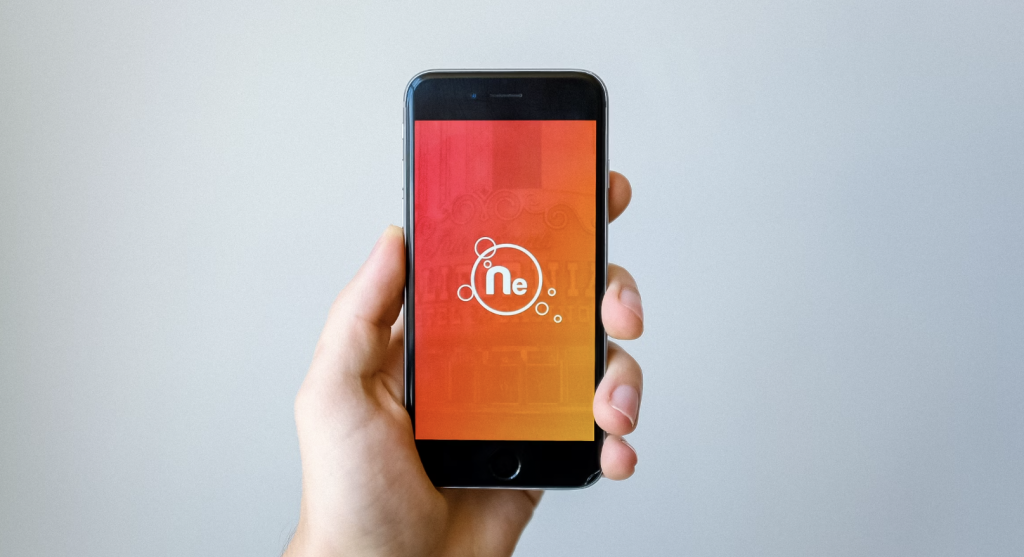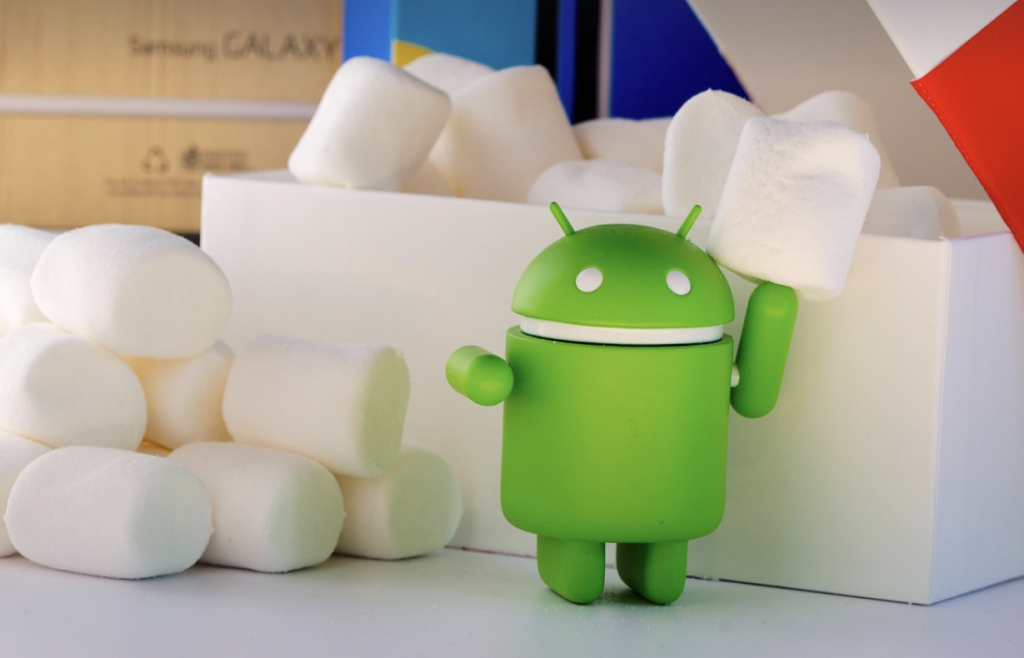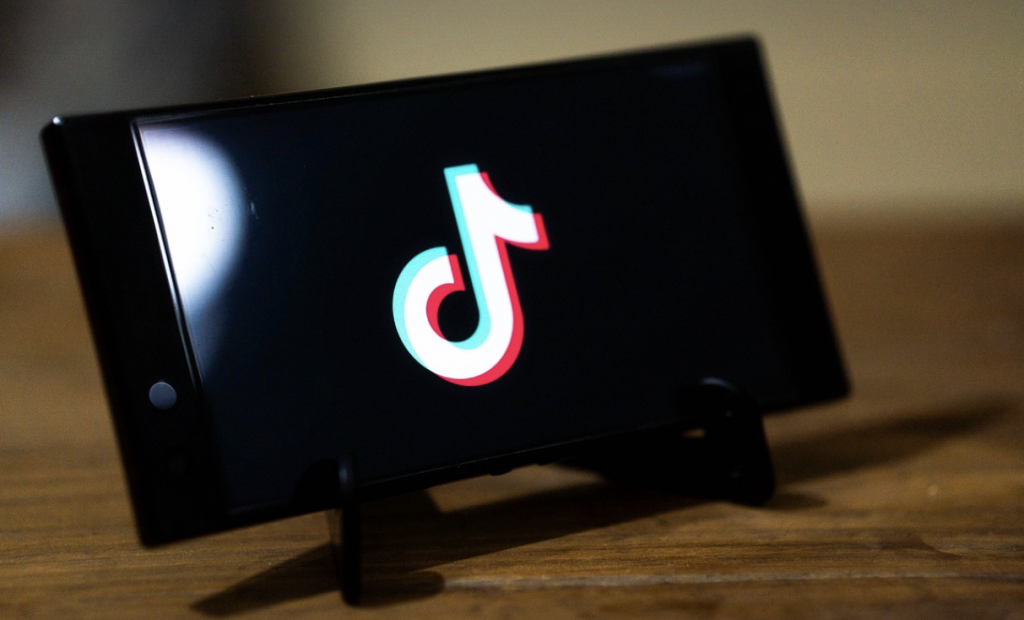In today’s world, choosing between an iPhone and an Android device isn’t just about picking a phone—it’s about selecting an entire ecosystem that fits your lifestyle, needs, and preferences. With both options offering impressive hardware, sophisticated software, and a myriad of features, deciding which is the right choice for you in 2024 requires a deeper look at various factors like user experience, performance, software updates, and ecosystem integration.
Let’s dive into the differences between iPhone and Android to help you make an informed decision.
A Brief History of iPhone and Android
Before we get into the specifics of what each ecosystem offers in 2024, it’s important to understand where they come from.
iPhone: Apple’s iPhone, first released in 2007, revolutionized the smartphone industry by introducing a touch interface and powerful mobile OS. Since then, Apple has maintained a closed system, offering limited customization but ensuring a highly controlled, user-friendly experience.
Android: Android, developed by Google, made its debut in 2008. Unlike Apple, Android operates on an open-source platform, allowing multiple manufacturers to design devices with varying features. Android’s flexibility has made it the choice for a wide range of budgets and user preferences.
The Core Differences Between iPhone and Android
Let’s break down the key differences between iPhone and Android in 2024.
User Interface
When it comes to user interface (UI), iPhone has always favored simplicity and elegance. Apple’s interface is clean, intuitive, and easy to navigate, with most apps and features designed to be as user-friendly as possible.
On the other hand, Android allows much more flexibility. Android devices can have different skins (such as Samsung’s One UI or Google’s stock Android) and offer more room for personalization. This includes the ability to tweak home screens, install third-party launchers, and adjust system behaviors to match personal preferences.
Customizability
Customizability is a key area where Android shines. If you enjoy changing your phone’s appearance or tweaking its settings, Android gives you the freedom to make it your own. From changing widgets to modifying system behaviors, Android’s open nature lets you explore endless possibilities.
In contrast, iPhone offers limited customizability but makes up for it with its simple, streamlined interface. Apple prefers to keep everything uniform, which some users appreciate for its predictability and ease of use.
The Hardware Debate: iPhone vs Android
While the operating system is a big part of the experience, the hardware is equally important.
Build Quality
iPhone is known for its premium build quality. With its sleek, minimalist design, Apple uses high-end materials like surgical-grade stainless steel and glass. The attention to detail in the hardware is evident in every iPhone, making it feel like a top-tier product.
Android devices, however, come in a wider variety of builds. Some Android phones, like the Samsung Galaxy S series or Google Pixel, boast similar premium materials, while other budget-friendly models might use plastic or less expensive materials. The diversity in hardware means you can find a device that suits your preferences, whether that’s a budget phone or a flagship.
Performance and Speed
Both iPhone and Android offer fantastic performance, but they take different approaches.
iPhone’s A-series chips are known for their industry-leading performance. Each new iPhone generation brings enhancements that make the device faster and more efficient. Apple’s tight integration between hardware and software also helps to optimize performance.
Android, on the other hand, runs on chips from various manufacturers, like Qualcomm’s Snapdragon and Google’s custom Tensor chips. While high-end Android devices also offer excellent speed and power, the performance can vary based on the device’s price range.
Ecosystem and Integration
A major selling point for both ecosystems is how well the devices integrate with other products in the same brand.
iPhone and Apple’s Integrated Experience
Apple’s ecosystem is well-known for its seamless integration. If you own multiple Apple devices (MacBook, Apple Watch, iPad), you’ll notice how easily they all sync together. Features like Handoff, AirDrop, and Continuity make it effortless to switch between devices. iCloud ties everything together for a smooth user experience.

Android and Google’s Open Ecosystem
Android, in contrast, is built around Google’s ecosystem. Google Assistant, Google Photos, and integration with Google’s cloud services are all core features. While Android doesn’t have the same level of device-to-device integration as Apple, it excels in openness and flexibility. If you use a variety of brands (like Samsung, LG, or OnePlus), Android still provides a consistent experience.

Software Updates: Who Does it Better?
Longevity of Updates
One of the biggest complaints about Android is the inconsistency in software updates. Although Google Pixel devices receive prompt updates, many other Android manufacturers delay or skip updates. In contrast, Apple provides consistent updates for all iPhones for at least 5 years, making them more reliable over time.
Camera Quality: iPhone vs Android
Camera Performance
When it comes to cameras, both ecosystems offer great quality, but in different ways.
iPhone is known for its consistent camera performance. Apple focuses on color accuracy, natural-looking photos, and great video capabilities. iPhones often produce great results right out of the box, without the need for adjustments.
Android, on the other hand, tends to push the envelope with innovative camera features. For example, Google’s Pixel phones use software-based enhancements to create stunning results, while Samsung offers cutting-edge hardware, such as high-megapixel sensors and advanced zoom capabilities.

Software Enhancements for Photography
Both systems offer camera software features that enhance photography. iPhones focus on making photos look realistic and true-to-life, while Android brands like Samsung and Google are more experimental, offering features like Night Mode, Super Resolution Zoom, and AI-enhanced filters.
App Store and Application Availability
App Quality and Exclusivity
iPhone’s App Store has long been known for offering more polished apps. Because Apple controls the entire ecosystem, developers often create apps specifically optimized for iOS, leading to smoother experiences.
Google Play Store, however, is more open and diverse, offering a wider variety of apps. While this gives users more options, the quality of apps can vary widely.
Google’s Play Store Diversity
Google’s Play Store allows apps that may not be allowed on iOS, including some experimental or niche apps. The diversity of apps in the Play Store provides Android users with more freedom to choose what suits them.
Privacy and Security
Both ecosystems prioritize privacy and security, but in different ways.
Encryption and Data Privacy
Apple is often seen as the more privacy-conscious platform, with features like App Tracking Transparency and strong encryption for data stored on devices. Apple’s “walled garden” approach ensures that third-party apps adhere to strict privacy policies.
Android, while also strong on security, offers more flexibility at the expense of privacy. Google has made significant strides in protecting user data, but its reliance on advertising means that data collection can be more aggressive compared to Apple.
Cost and Value for Money
Budget to Premium Range
If you’re on a budget, Android has a significant advantage. With devices ranging from affordable to premium, you can find an Android phone at almost any price point.
iPhone is typically more expensive, especially when you factor in the cost of premium models. However, you’re paying for the quality of the hardware, software updates, and the overall ecosystem experience.
Conclusion
In 2024, both iPhone and Android offer great experiences, but the right choice depends on what you value most. If you want an integrated, seamless experience with excellent support and privacy, iPhone is likely the best choice. However, if you prefer customizability, flexibility, and a wider variety of hardware options, Android might be the way to go.
FAQs
- Which phone is better for photography in 2024, iPhone or Android? Both iPhone and Android have excellent cameras, but iPhone tends to have more consistent results, while Android offers innovative features like zoom and AI-enhanced photography.
- Does Android or iPhone have a better app store? The App Store offers more polished apps, while the Play Store provides more variety and freedom in terms of app selection.
- Which has better security, iPhone or Android? iPhone is generally considered more secure due to its walled garden approach and stringent privacy features. Android is secure but more flexible, which can sometimes lead to privacy concerns.
- Are Android devices better for customization? Yes, Android offers far more customization options, from widgets to third-party launchers, giving users more control over their devices.
- Which is more affordable, iPhone or Android? Android offers a wider range of devices at various price points, making it more affordable, while iPhone tends to be more expensive, especially at the premium end.





